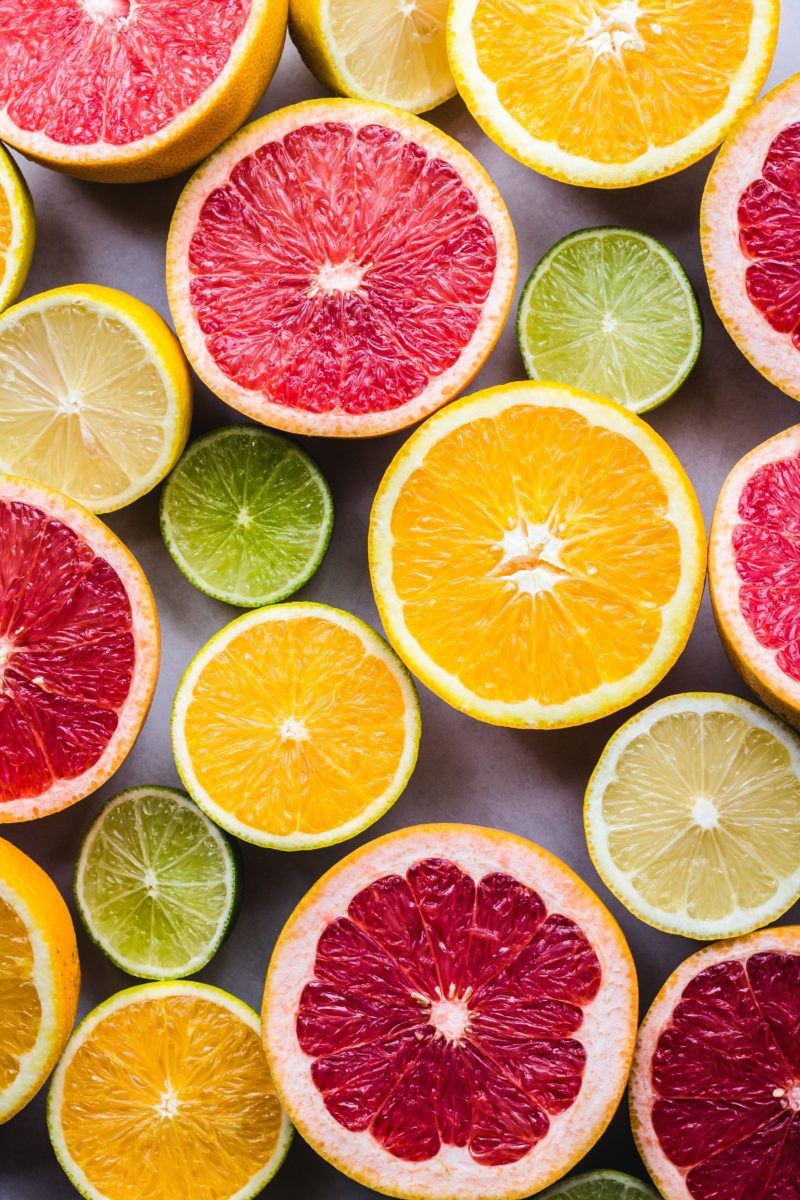It affects around one in five Australians - that’s nearly 4.5 million people – and it’s the result of an allergic reaction[i].

Hay fever causes red, itchy eyes, and a runny or congested nose and it’s most common in people ages 15-59 years according to the Australian institute of Health and Welfare.
Conventional medical approaches fall into three groups: antihistamines which block the release of histamine (the hormone responsible for the swelling and congestion), steroid-based nasal sprays and decongestants such as ephedrine. There are a few more natural or traditionally used approaches too!
1. Vitamin C
Like chimpanzees and guides pigs, we humans can’t make their own vitamin C which is why this delicate but powerful water-soluble vitamin is called an essential nutrient. It’s delicate because vitamin C is lost when exposed to heat and air and leached out in cooking water. It’s powerful it is a powerful antioxidant, protecting cells from free radical damage.
Also known as ascorbic acid, body cells and tissues contain large amounts of this vitamin. White blood cells (leukocytes), the eyes, the adrenal and pituitary glands contain the highest amounts. Research shows that vitamin C supports many aspects of immunity including the production and function of leukocytes involved in immunity. Vitamin C also regenerates other antioxidants including alpha-tocopherol and in this way, it has an indirect positive effect on immunity. Vegetables and fruits are great food sources - citrus fruits, berries, kiwi and capsicums are particularly rich.
2. Quercetin
This bioflavonoid compound is present in many vegetables and fruits green tea and wine. Research suggests that quercetin might be an effective antihistamine, as it restricts histamine from being released from cells[ii]. Its antioxidant properties may help reduce inflammation and allergy symptoms.
Laboratory and animal studies found that quercetin may block enzymes involved in inflammation and suppress inflammation-promoting chemicals, such as histamine.
Quercetin is not well absorbed on its own which is why supplements may include other compounds, such as vitamin C or digestive enzymes like bromelain; these may increase absorption[iii] [iv]. Pineapple is rich in bromelain which has strong systemic anti-inflammatory effects and may help to reduce mucosal inflammation and nasal congestion.
Research indicates that quercetin works synergistically with other flavonoids, such as resveratrol, genistein, and catechins.
Quercetin may interact with some medications, including antibiotics and blood pressure medications.
3. Probiotics
Researchers have found that both Lactobacilli and Bifidobacteria spp helped to ease hay fever symptoms and improved quality of life during allergy season[v].
Other research has shown taking L. acidophilus for four months reduced nasal swelling and other symptoms in children with perennial allergic rhinitis[vi].
4. Turmeric
Cooking or seasoning foods or drinks with turmeric may also be effective. Turmeric contains anti-allergic and natural decongestant properties and this popular and traditionally used spice suppresses allergic reactions[vii].
As with any supplement, consult your healthcare provider before taking.
[i] https://www.aihw.gov.au/reports/chronic-respiratory-conditions/allergic-rhinitis-hay-fever/data
[ii] https://www.ncbi.nlm.nih.gov/pmc/articles/PMC5214562/ [iii] https://pubchem.ncbi.nlm.nih.gov/compound/Quercetin [iv] http://www.foodandnutritionjournal.org/vol04nospl-issue-conf-october-2016/bioavailability-of-quercetin/ [v] https://www.sciencedaily.com/releases/2017/03/170301142203.htm
[vi] (https://www.ncbi.nlm.nih.gov/pubmed/15653517
[vii] https://www.omicsonline.org/open-access/pharmacological-activities-of-tur



